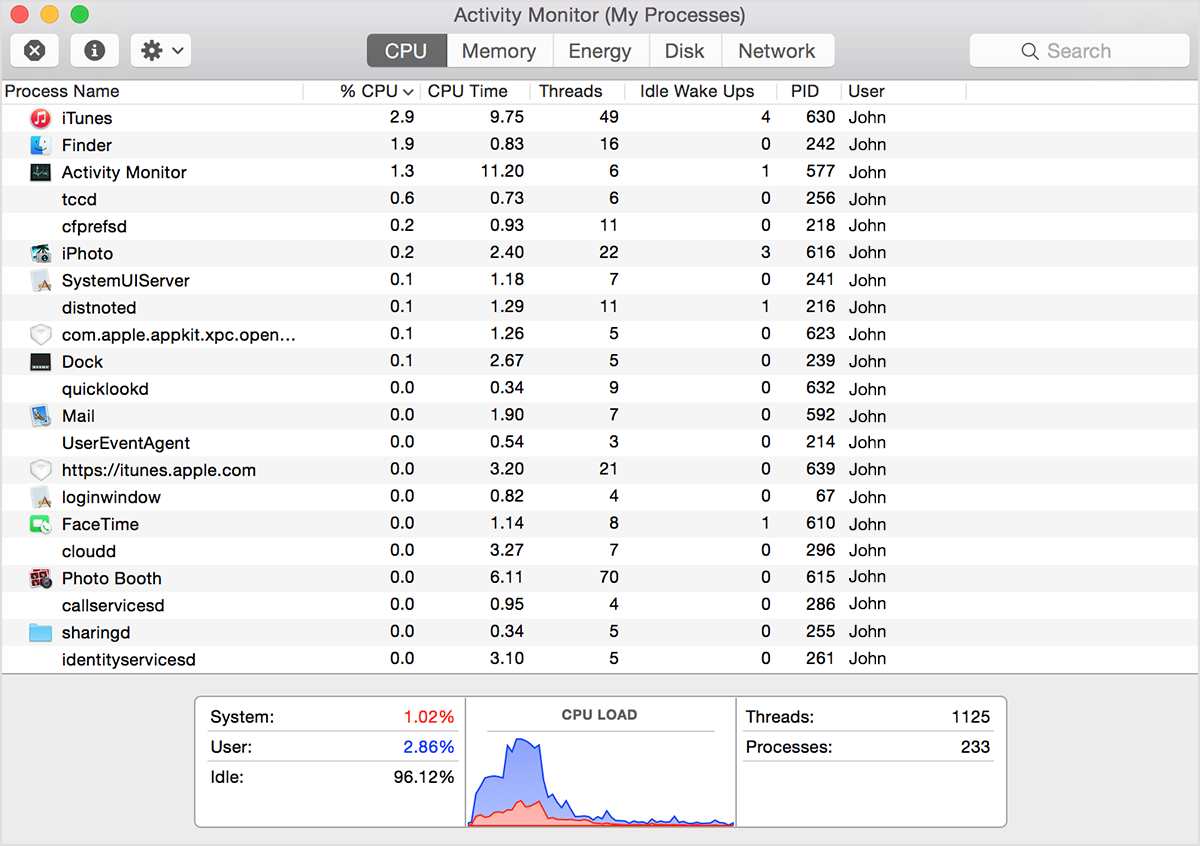| Parameter | YouTube recommends setting |
|---|---|
| -movflags faststart | moov atom at the front of the file (Fast Start) |
| <script> | |
| // (c) Copyright 2016 Caroline Schnapp. All Rights Reserved. Contact: [email protected] | |
| // See https://docs.shopify.com/themes/customization/navigation/link-product-options-in-menus | |
| // Modified by Jonathan Moore (Style Hatch) https://github.com/jonathanmoore | |
| /* | |
| Updated to work with sectioned themes | |
| - Added required methods from the deprecated options_selection.js | |
| - Triggers an initial variant change | |
| - Hides sold out variants with only one option |
| #! /usr/bin/env python | |
| import time | |
| import threading | |
| import logging | |
| try: | |
| import tkinter as tk # Python 3.x | |
| import tkinter.scrolledtext as ScrolledText | |
| except ImportError: | |
| import Tkinter as tk # Python 2.x | |
| import ScrolledText |
FFMPEG filters provide a powerful way to programmatically enhance or alter videos, and it’s fairly simple to add a watermark to a video using the overlay filter. The easiest way to install ffmpeg is to download a pre-built binary for your specific platform. Then you don’t have to worry about including and installing all the right dependencies and codecs you will be using.
Once you have ffmpeg installed, adding a watermark is as easy as passing your existing source through an overlay filter like so:
ffmpeg -i test.mp4 -i watermark.png -filter_complex "overlay=10:10" test1.mp4
Basically, we’re passing in the original video, and an overlay image as inputs, then passing it through the filter, and saving the output as test1.mp4.
Just a quickie test in Python 3 (using Requests) to see if Google Cloud Vision can be used to effectively OCR a scanned data table and preserve its structure, in the way that products such as ABBYY FineReader can OCR an image and provide Excel-ready output.
The short answer: No. While Cloud Vision provides bounding polygon coordinates in its output, it doesn't provide it at the word or region level, which would be needed to then calculate the data delimiters.
On the other hand, the OCR quality is pretty good, if you just need to identify text anywhere in an image, without regards to its physical coordinates. I've included two examples:
####### 1. A low-resolution photo of road signs
If your system is running slowly, perhaps a process is using too much CPU time and won't let other processes run smoothly. To find out which processes are taking up a lot of CPU time, you can use Apple's Activity Monitor.
The CPU pane shows how processes are affecting CPU (processor) activity:
| #!/usr/bin/env python | |
| # Built-in modules | |
| import logging | |
| import Tkinter | |
| import threading | |
| class TextHandler(logging.Handler): | |
| """This class allows you to log to a Tkinter Text or ScrolledText widget""" | |
| def __init__(self, text): |
FHIR offers a REST API that lets clients search for resources on demand. Separately, there is a Messaging API that allows notifications to be "pushed" from one place to another. But neither API provides a clean solution to a common set of real-world "triggering" or notification-type requirements.
For example, let's say Mt. Auburn Hospital's Mother and Infant Unit wants to
| #!/usr/bin/env python | |
| # encoding: utf-8 | |
| from pprint import pformat, pprint | |
| import logging | |
| class PasswordMaskingFilter(logging.Filter): | |
| """Demonstrate how to filter sensitive data:""" |
